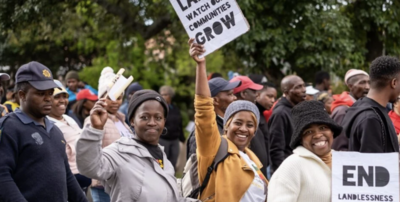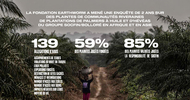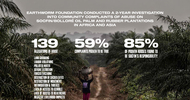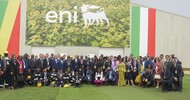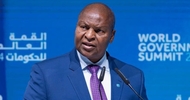In the latest Saudi Arabia Agribusiness Report, we look at how the oil rich nation has sought to reduce high food import dependence by expanding the scope of national agricultural production. However, a rapidly increasing population in a desert kingdom possessing just 1% arable farmland has made achieving such aims domestically increasingly difficult. Moreover, the government is unwilling to continue diverting vital resources into single-handedly propping up an inefficient domestic farming industry that is proving a major drain on the nation's renewable water resources. As such, 2009 is the year characterised by Arab' 'land grabs', where developing countries have been targeted by the kingdom as having the potential to feed the swelling food demands of the nation.
Saudi Arabia's keenness to acquire foreign farmlands may not have come as a surprise to those with an eye to the agricultural industry, yet the frequency with which reports of deals and prospective deals have abounded must surely have raised a few eyebrows. We reported on local player Hail Agricultural Development Company's (Hadco's) large-scale acquisition of Sudanese farmland in the previous Saudi Arabia Agribusiness Report, yet since then, Saudi delegates have visited a host of developing countries, mainly in Asia and Africa, in order to replicate such deals.
The state government has actively encouraged both public and private investment in acquiring foreign acreage as a way of offsetting domestic food insecurity, particularly in grains production. South Africa's agricultural industry has been viewed as a possible production hub, while the Philippines, Ethiopia, Turkey, Kenya and Egypt are just some of the other myriad countries that Saudi investors have targeted. Despite falling oil prices, Saudi's state coffers remain relatively healthy, while private investors seeking to profit-maximise look well-placed to lower production costs within the national self-sufficiency strategy.
In terms of the report's outlook, notwithstanding wheat output - which will diminish through to 2016, as state support is gradually withdrawn - the dairy industry is foreseen to perform relatively well, with milk production forecast to expand by 10.27% in line with demand growth.
The Al-Safi dairy plant, not far from Riyadh, is the largest integrated dairy unit in the world and stands as a testament to what can be achieved through seemingly infinite oil revenues. It produces around 220mn litres of milk annually, which works out as a third of total domestic consumption, and is home to some 37,000 dairy cattle - imported from the EU and Canada - on an area covering 3,500 hectares. Almost every aspect of production is computer controlled; refrigeration to maintain a cool climate in the bovine housing units; mobile sunscreens; milking is automated; dairy processing is also automated. The processing function is controlled by French dairy behemoth Danone, which is further testament to the competitiveness of the centre as a standard bearer for Arab dairy production.
Yet, there is a notable downside to the plant's existence; the costliness of production is such that every gallon of water utilised in the local dairy industry represents a loss in terms of final product prices.
Considering that each cow needs to consume 20 to 30 gallons of fresh water per day (this is discounting the irrigation water used for less water per unit of output), the cumulative affect of low than average oil prices, plus the payments needed to import and maintain scientists, vets, laboratory technicians and premium cows from abroad, may represent cause for concern.
However, local demand for milk is expected to remain strong through to 2013, while value added derivative markets, such as cheese, yoghurts and milk powder are all in a state of relative infancy, highlighting the potential to expand as a domestic force and an export driven industry. In light of the higher than average GDP in the Gulf region, it is more than likely that household demand should fuel the continued development of Saudi dairy.


